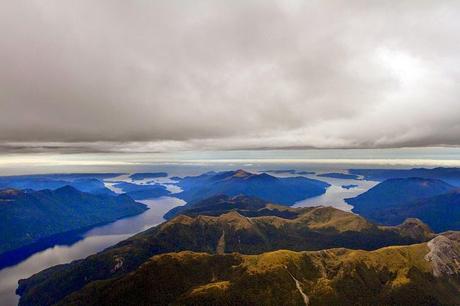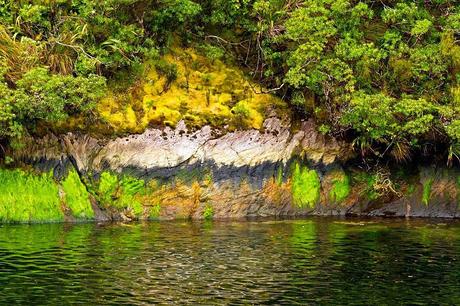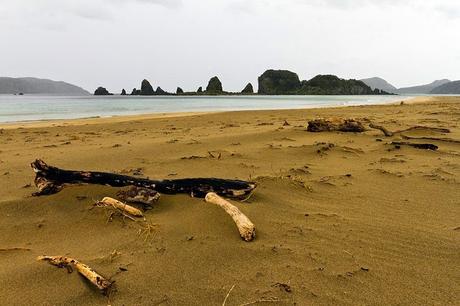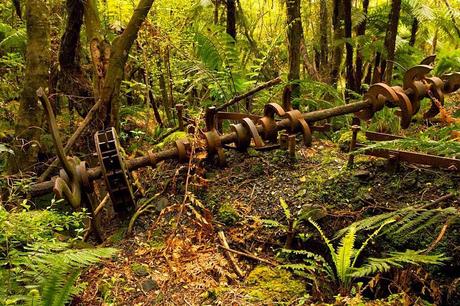
View of the fiords from a helicopter
Our friend Owen Floody did a trekking and photo tour of New Zealand's South Island this past fall (the Southern Hemisphere spring.) Owen recently retired from a career of teaching and research at Bucknell University in Pennsylvania. He has always been an avid photographer and in his retirement has taken numerous trips that allow him to pursue his passion. Here is the third part of a short reflection on his trip to New Zealand and some of his excellent photographs.At the end of my trekking, I wandered Queenstown for a day before returning to Fiordland with Real Journeys for a 7-day Discovery Cruise on the 32-passenger Milford Wanderer. Getting to our departure point required us to travel by bus from Queenstown to Manapouri, by boat across Lake Manapouri, and again by bus from the lake to Deep Cove, at the eastern end of Doubtful Sound. Upon boarding, we settled into our cabins, met our 6-person crew, learned about the ship's safety features, and soon began to sail westward along beautiful Doubtful Sound. What makes this and the other fiords so appealing? Common features include steep high rock walls that somehow manage to support vegetation resembling a vertical rainforest, a plethora of tall waterfalls, and a complex, often very colorful, shoreline.


Though much of our time was spent enjoying the views of one after another fiord (Doubtful, Breaksea and Dusky Sounds, Chalky and Preservation Inlets) as we cruised, this was broken up by two-per-day landings. These gave us the opportunity to stretch our legs on short hikes. Some included stretches of rainforest resembling those from my treks.


Fragment of stamp battery in former mining settlement
Other options for exploration were provided depending on conditions and our location. For instance, poking along the shore in the ship's motorboat was a common activity that permitted the close inspection of otherwise inaccessible shorelines. When the conditions were ideal, most passengers piled into one or another of the ship's nearly 30 kayaks, for self-directed and even closer looks at the coastal rock formations and vegetation.Finally, a very special aspect of the cruise occurred at its end. Those of us who hadn't studied our itineraries were surprised to find ourselves far from our final destination (the West Arm of Lake Manapouri) early on the seventh and last day. And yet no one seemed anxious to get the ship moving northward. This is because the master plan was for us to be picked up by helicopter in Preservation Inlet, compressing the return trip to 20-30 minutes of spectacular flight over the fiords. What a fantastic climax to the trip this proved to be! In building this feature into our trip, as indeed in all aspects of the cruise, I felt that Real Journeys did an excellent job of caring for and exposing us to the wonders of Fiordland.
